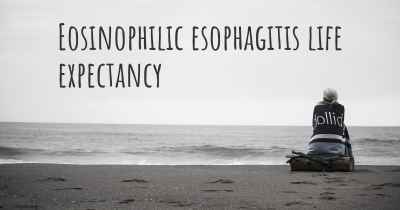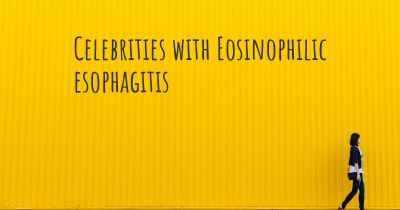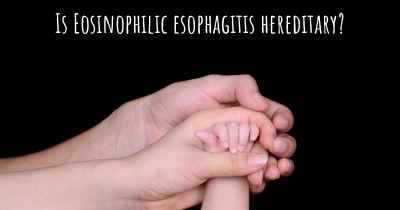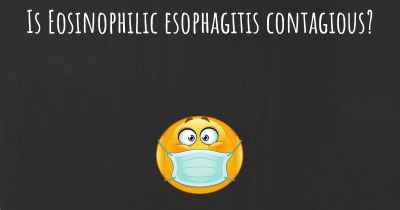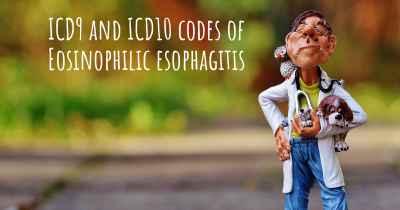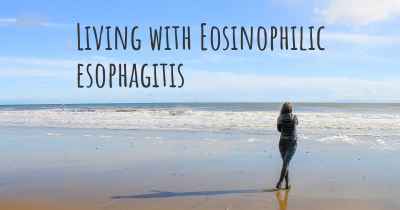What is the history of Eosinophilic esophagitis?
When was Eosinophilic esophagitis discovered? What is the story of this discovery? Was it coincidence or not?
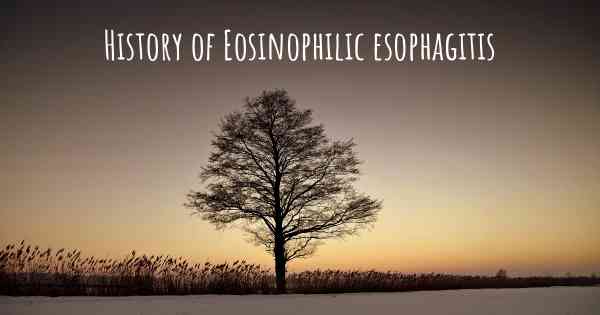
The History of Eosinophilic Esophagitis
Eosinophilic esophagitis (EoE) is a chronic inflammatory disorder of the esophagus that has gained recognition in recent decades. It is characterized by the presence of a high number of eosinophils, a type of white blood cell, in the esophageal tissue. EoE can cause a range of symptoms, including difficulty swallowing, chest pain, and food impaction. The understanding and diagnosis of EoE have evolved over time, leading to improved management and treatment options for affected individuals.
Early Observations and Recognition
The first documented case of EoE can be traced back to 1977 when Dr. Attwood described a patient with dysphagia and esophageal eosinophilia. However, it wasn't until the late 1990s that EoE began to be recognized as a distinct clinical entity. At that time, several case series were published, highlighting the presence of eosinophils in the esophagus of patients with symptoms resembling gastroesophageal reflux disease (GERD). These findings sparked interest in further investigating the condition.
Diagnostic Criteria and Nomenclature
In 2007, an expert panel convened by the American Gastroenterological Association (AGA) proposed diagnostic criteria for EoE. These criteria included the presence of symptoms related to esophageal dysfunction, eosinophilic inflammation in the esophagus, and exclusion of other potential causes of esophageal eosinophilia. The establishment of these criteria was a significant milestone in the recognition and diagnosis of EoE.
Furthermore, the nomenclature of EoE has evolved over time. Initially, the condition was referred to as "allergic esophagitis" due to the association with allergies and atopic diseases. However, it became evident that EoE could occur in individuals without a history of allergies. As a result, the term "eosinophilic esophagitis" was adopted to better reflect the underlying pathology.
Advancements in Understanding
Over the years, research has shed light on the pathogenesis and triggers of EoE. Studies have shown that EoE is an immune-mediated disorder, involving a complex interplay between genetic predisposition and environmental factors. It has been discovered that certain genes, such as those related to the immune system and epithelial barrier function, play a role in the development of EoE.
Environmental factors, including food allergens and aeroallergens, have also been implicated in triggering EoE. Elimination diets, particularly the six-food elimination diet (SFED), have been used to identify and manage food triggers in EoE patients. These advancements in understanding have paved the way for personalized treatment approaches.
Recognition as a Global Health Issue
EoE was initially thought to be a rare condition, but its prevalence has been increasing worldwide. This rise in prevalence may be due to increased awareness, improved diagnostic techniques, or actual changes in disease incidence. EoE has been recognized as a significant health issue, affecting both children and adults.
As a result, various medical societies and organizations have developed guidelines and recommendations for the diagnosis and management of EoE. These guidelines aim to standardize the approach to EoE and improve patient outcomes.
Ongoing Research and Future Directions
Research on EoE is ongoing, with a focus on further understanding the underlying mechanisms and developing targeted therapies. The identification of specific biomarkers may help in diagnosing and monitoring the disease. Additionally, clinical trials are exploring novel treatments, such as biologic agents that target specific molecules involved in the inflammatory process.
Efforts are also being made to improve patient quality of life and raise awareness about EoE. Support groups and patient advocacy organizations play a crucial role in providing resources and support for individuals living with EoE and their families.
Conclusion
Eosinophilic esophagitis has come a long way since its initial recognition as a distinct clinical entity. From early observations to the establishment of diagnostic criteria and advancements in understanding, the history of EoE reflects the collaborative efforts of researchers, clinicians, and patients. With ongoing research and improved management strategies, the future holds promise for better outcomes and a deeper understanding of this complex disorder.
